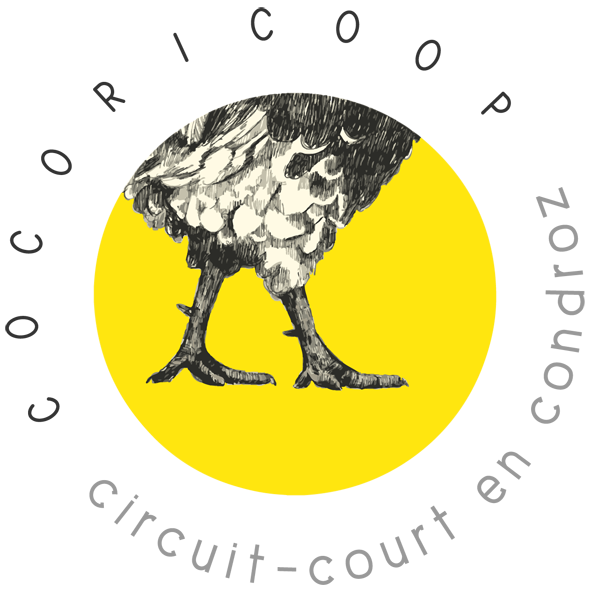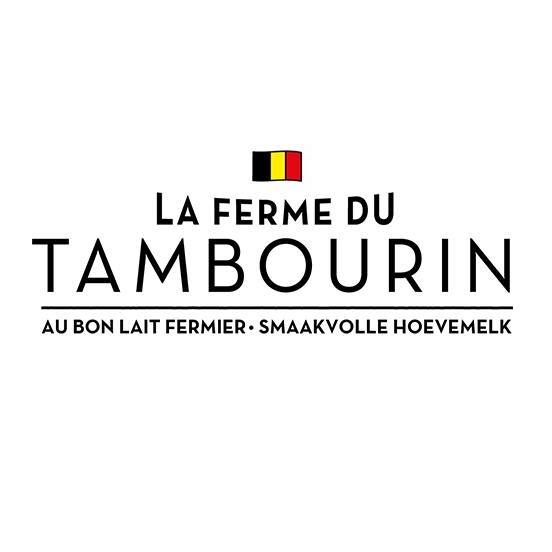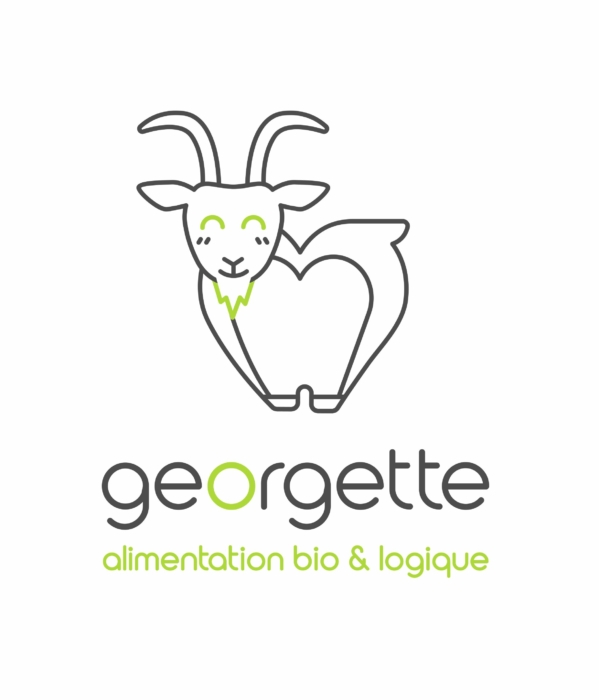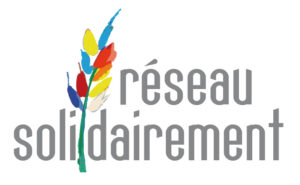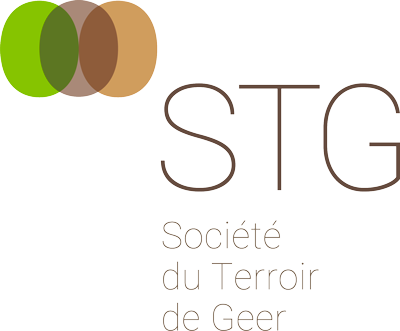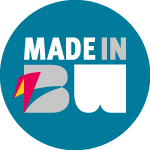Tout acteur indépendant ou PME basé en Wallonie qui s’inscrit ou s’engage à basculer ses activités dans une démarche de circuit court ()
Par circuit court, on entend : « Le circuit court est un mode de production et de commercialisation qui vise à rapprocher le producteur du consommateur, tous secteurs confondus. Il s’agit donc, d’une part, de réduire le nombre d’intermédiaires afin d’assurer un revenu équitable au producteur pratiquant une agriculture paysanne et un prix juste au consommateur. La proximité relationnelle induite par le circuit court renforce la transparence de la filière, valorise le savoir-faire des producteurs, améliore la qualité des produits et des services, et crée des liens de confiance entre producteurs et consommateurs d’un territoire, notamment sur le plan de la qualité. Le circuit court implique, d’autre part, une proximité géographique entre tous les acteurs, ce qui permet de réduire les impacts du transport et contribue à un environnement sain. En fonction des secteurs, le circuit court s’envisage sur des distances variables, mais ces distances sont toujours les plus réduites possibles. Le modèle de distribution en circuit court se démarque par ses spécificités qui lui sont propres. Le circuit court participe au renforcement d’une économie plus endogène et, par là même, plus résiliente. Il prend en compte un objectif d’amélioration de la qualité de vie et du bien-être en Wallonie, en s’appuyant, entre autres, sur le contexte environnemental pour créer des opportunités économiques. Le circuit court s’inscrit dès lors dans la voie des alliances emploi-environnement et, plus largement, du développement durable. »
Le montant du diagnostic est considéré comme une aide d’État selon le règlement européen « de minimis ».



